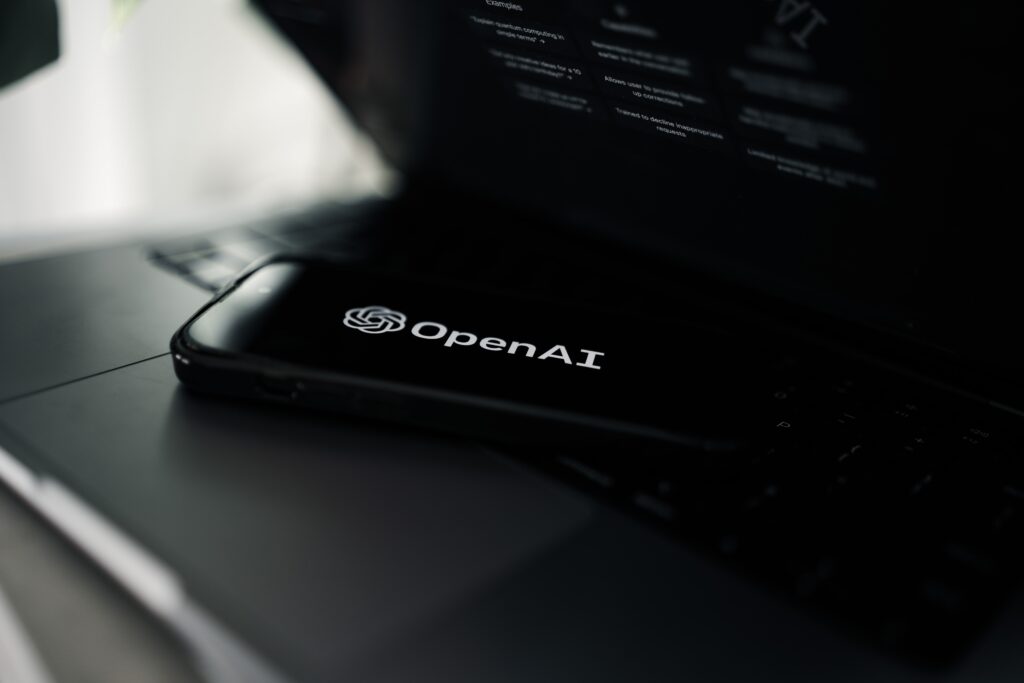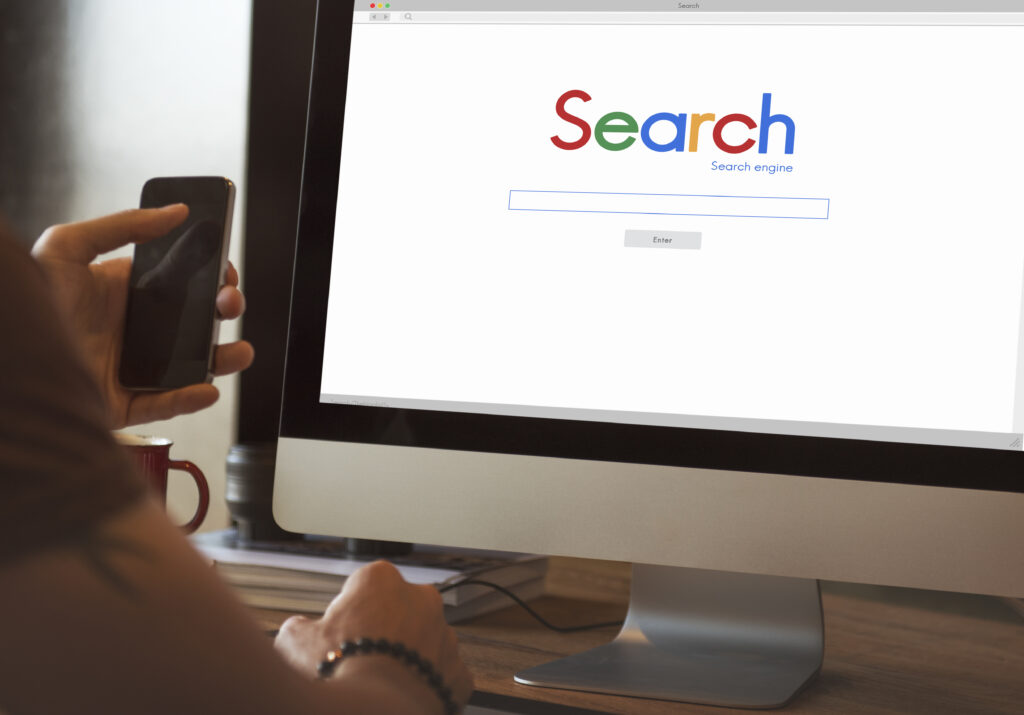

How to Fix the “OpenAI’s Services Are Not Available In Your Country” Problem?

“OpenAI’s services are not available in your country” — well, that’s a shame, and for many eager minds around the globe, this news has been a bit of a buzzkill.
The speed of the AI expansion is simply mind-blowing, with innovations like ChatGPT catapulting OpenAI into the limelight back in November 2022. Praised for its coherent, human-sounding conversations, it quickly became a go-to tool for many.
However, there’s a hiccup in this AI symphony – not all countries get to join the chat. So, if you’re one of those left out in the AI cold, fret not; there’s a simple solution at hand: a high-quality VPN.
What is OpenAI and what services does it represent?
Before we dive into the ‘why’ and ‘how’ you encounter the “OpenAI’s services are not available in your country” message, let’s start with the basics. OpenAI is a powerhouse in the realm of artificial intelligence. It’s a name that often rings a bell thanks to its impressive range of AI-driven services. Here’s a brief overview:
- ChatGPT. The chatbot that took the digital world by storm, ChatGPT is OpenAI’s language model designed for natural and engaging conversations. It can help answer questions, draft content, or simply chat for fun.
- GPT-3 & GPT-4. Standing for “Generative Pre-trained Transformer 3,” GPT-3 is the predecessor to ChatGPT. It’s a versatile language model that can perform a multitude of language-related tasks, from translation to text generation. GPT-4 is its newer and more advanced version.
- Dactyl. OpenAI’s venture into robotics, Dactyl is a robotic hand that has been trained to manipulate objects with remarkable dexterity.
- Codex. An AI system specialized in code generation, Codex can assist developers in writing code for a variety of programming languages and tasks.
- DALL·E. This AI model specializes in creating images from textual descriptions. It’s like having an AI artist at your disposal.
OpenAI has undeniably proven itself to be a wellspring of life-enhancing tools. Now let’s delve into the reasons behind regional restrictions and explore pragmatic solutions to bridge this accessibility gap.
How to fix the “OpenAI is not available in your country” error?
The solution to the “OpenAI is not available in your country” error is within reach, and it revolves around a straightforward process. Here’s what you can do:
- Get a VPN. Begin by signing up for a VPN service, such as HQ VPN, and installing the app on your device. A VPN is the key to making yourself appear as if you’re in a different location.
- Connect to the right server. Once you’ve got your VPN set up, connect to a server located in a country where OpenAI services are accessible. This is your virtual gateway to unlocking OpenAI’s tools. Don’t worry, we’ll provide a list of OpenAI-friendly counties in the following section.
- Access OpenAI. Now, with your VPN connection established, visit the OpenAI website. For added privacy, consider using a new private window in your web browser.
- Phone number verification. When you begin the registration process for ChatGPT or any other OpenAI service, you may be prompted to verify your phone number to receive a security code.
- Complete registration. Once you’ve received the security code on your provided phone number, use it to complete the registration process. This step ensures you’re a legitimate user and grants you access to OpenAI services.
By following these steps, you’ll be able to navigate past the “OpenAI’s services are not available in your country” roadblock and finally get access to all OpenAI’s powerful tools.
Which countries is OpenAI available in?
The roster of countries where OpenAI services are accessible can be found on its official website. There are approximately 30 countries where OpenAI services are currently unavailable.
Keep this list in mind when selecting a server to connect to via VPN, ensuring you choose a location from the list of supported countries for seamless access.
Why is OpenAI not available in some countries?
The restriction of OpenAI’s services in certain countries stems from a combination of factors. This limitation isn’t unique to OpenAI: it’s a challenge encountered by many apps and websites. To understand why this happens, we can generally attribute it to one of two primary reasons:
- Censorship. In some cases, countries may censor access to certain online services, including OpenAI. The aim here is often to control the flow of information within their borders, restricting access to content that might not align with their policies or ideologies.
- Legal and political sensitivities. On the other hand, the decision might also be influenced by the app maker itself, which could choose to avoid offering its services in regions with complex legal and political considerations. This proactive approach helps them sidestep potential legal entanglements.
It’s worth noting that beyond country-level restrictions, some institutions, like schools or workplaces, may block specific online services to manage distractions or bandwidth consumption.
The method outlined in this post can also serve as a solution to help unblock OpenAI in such environments.
How to solve the “ChatGPT Is At Capacity” issue?
And if you’ve successfully gained access to OpenAI’s powerful tools and are reveling in the benefits of ChatGPT, only to find yourself repeatedly confronted with the frustrating “ChatGPT Is At Capacity” message, don’t worry: we’ve got a solution for that too. For more insights and tips on how to address this issue, check out this post for a seamless experience with ChatGPT.



